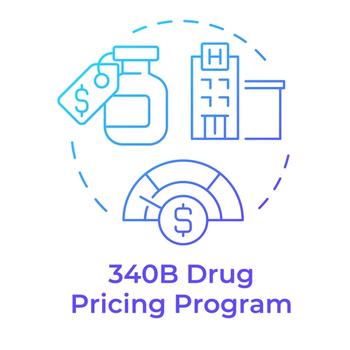
FDA Approves Xolremdi for Ultra Rare Immune Disorder
Xolremdi is the first therapy for WHIM syndrome, which can cause recurrent lung infections and papillomavirus-related warts. It’s available in two doses: 400 mg for an annual cost of $496,400 and 300 mg for an annual cost of $372,300.
The FDA has approved Xolremdi (mavorixafor) capsules to treat patients aged 12 and older with WHIM (warts, hypogammaglobulinemia, infections, and myelokathexis) syndrome.
WHIM is an extremely rare immunodeficiency disease caused by reduced mobilization of white blood cells from the bone marrow due to oversignaling of the CXCR4/CXCL12 pathway. People with WHIM syndrome have very low blood levels of neutrophils and lymphocytes. There are about 1,000 people living with WHIM.
Symptoms can vary but patients often experience recurrent infections with a high risk of lung disease, refractory warts from underlying human papillomavirus (HPV) infection, and an increased risk of developing certain types of cancer. Current treatment involves intravenous immunoglobulin or granulocyte colony-stimulating factor (G-CSF), an immune-cell-growth molecule. These treatments, however, do not specifically target the CXCR4 genetic defect.
Developed by X4 Pharmaceuticals, Xolremdi is a selective CXC chemokine receptor 4 (CXCR4) antagonist and is the first frug approved for patients with WHIM syndrome. For patients taking the 400 mg daily dose, the
X4 is offering a patient solutions through X4Connect to help patient navigate insurance coverage and financial assistance. Programs include quick start, copay assistance, bridge program, and a patient-assistance program for eligible patients.
“Until now, supportive care for people with WHIM syndrome has focused on symptom management and not the underlying cause of disease — the dysfunction of the CXCR4 pathway,” Teresa K. Tarrant, M.D., associate professor of Medicine, Rheumatology, and Immunology at Duke University School of Medicine and a principal investigator in the 4WHIM trial, said in a
The FDA approval was based on results of the phase 3 4WHIM phase 3 study, a 52-week study that enrolled 31 people aged 12 years and older diagnosed with WHIM syndrome. The efficacy was determined by improvement in absolute neutrophil counts, improvement in absolute lymphocyte counts, and a reduction in infections.
In the trial, Xolremdi demonstrated improvement in both absolute neutrophil count and absolute lymphocyte count compared with placebo. Both counts are used to check for infection and inflammation. Treatment with Xolremdi also resulted in a 60% reduction in the annualized infection rate compared with placebo-treated patients.
An additional analysis was done using a
The trial also found that there was no difference in total wart change scores between the Xolremdi and placebo treatment arms over the 52-week period.
The most common adverse reactions in the trial were: thrombocytopenia, pityriasis, rash, rhinitis, epistaxis, vomiting, and dizziness. There was no serious treatment-related adverse events and no discontinuations because adverse events.
Newsletter
Get the latest industry news, event updates, and more from Managed healthcare Executive.




















































